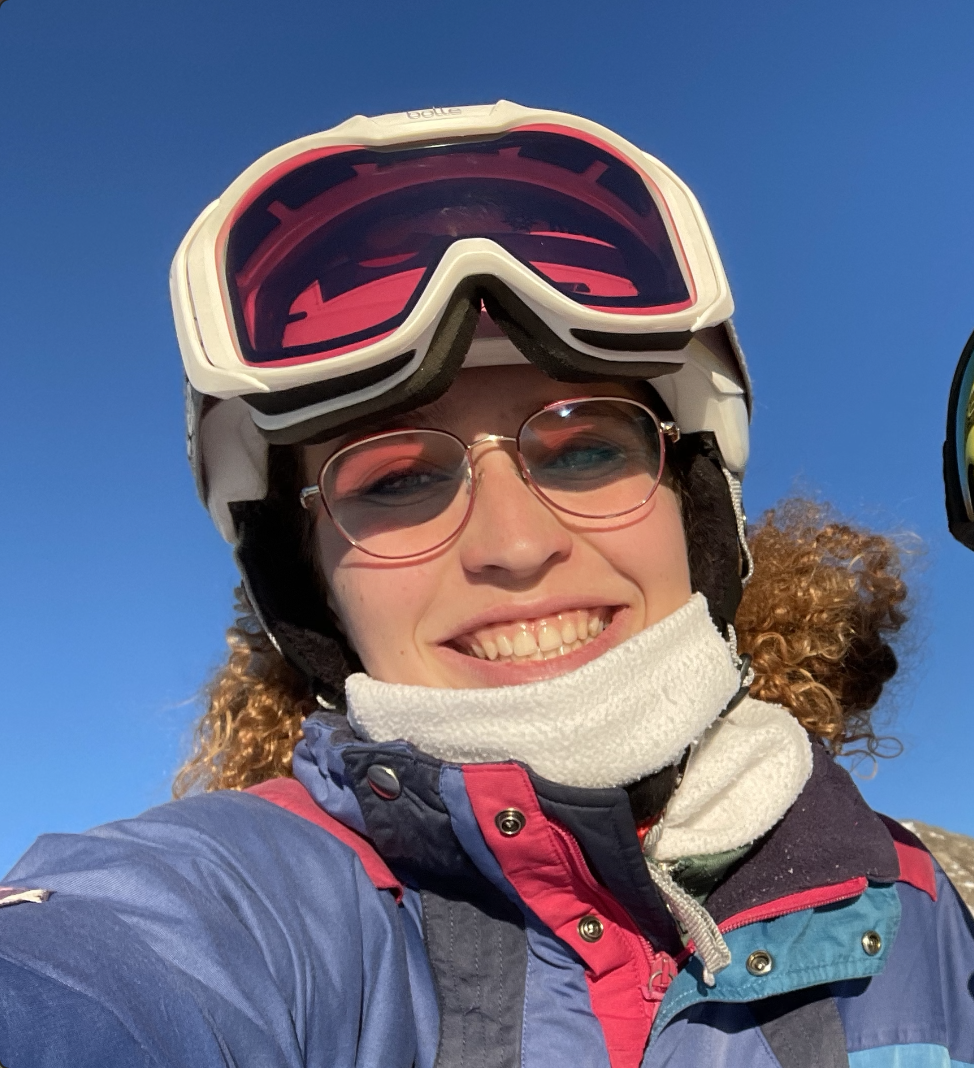Freeskiing and our Heritage
Some of the earliest evidence comes from northern Scandinavia, where the Sami people used skis as an essential part of daily life. Rock carvings in Norway, dating back over 4,000 years, show figures gliding on long wooden boards. Near the White Sea in Russia, rock carvings dated to 2500 BCE depict big game hunting. The ski hunters apparently used their bow and spear as poles. Archaeologists have also uncovered some of the oldest skis ever found : the Kalvträskskidan ski in Sweden dated to 3300 BC, the Vefsn Nordland ski found in Norway dated to 3200 BCE, and fragments in Russia’s Ural Mountains that are over 8,000 years old, making skiing one of humanity’s earliest forms of transportation. A ski found in Salla, Finland was dated back to 3200 BCE. There are around 20 findings of well-preserved skis found in drained bogs in Norway. Skis have also been uncovered in ancient graves. In 2014, a ski complete with leather bindings emerged from a glacier in the Reinheimen mountains and dated to be 1300 years old. Many organic artifacts have been well preserved for several thousand years by the stable glaciers of Oppland county and emerge when glaciers recede. The Sami used asymmetrical skis. On one leg, the skier wore a long straight non-arching ski for sliding, and on the other a shorter ski for kicking. The bottom of the short ski was either plain or covered with animal skin to aid this use, while the long ski supporting the weight of the skier was treated with animal fat in a similar manner to modern ski waxing.

As centuries passed, skiing evolved from necessity to tradition, and eventually to sport. In 1767, the first recorded military ski race took place in Norway, and in 1809 Olaf Rye became the first known ski jumper. Around 1850, artisans in Telemark, Norway, invented the cambered ski, which arched up in the middle under the binding to distribute weight more evenly across its length. Sondre Norheim’s skis were also the first with a sidecut, narrowing underfoot while keeping the tip and tail wider, which allowed for greater flex and easier turning. In 1862, the first public ski jumping competition was held in Trysil, Norway, with judges awarding points for style, and just a year later, in 1863, the same competition saw the first recorded female ski jumper. By 1879, the term slalom was recorded for the first time, marking the development of modern turning disciplines. The international spread of skiing continued with the first International Ski Competition in 1907 between Montgenèvre in France and Claviere in Italy. In 1924, the International Ski Federation (FIS) was founded, the same year as the first Winter Olympics in Chamonix, France. Just a few years later, in 1928, steel edges were invented in Austria, followed by the first Alpine World Championships in 1931 and the introduction of the first chairlift at Sun Valley, Idaho in 1936. Innovation surged in the postwar years: in 1950, Howard Head introduced the revolutionary Head Standard ski, an aluminum-alloy sandwich design with steel edges, resin-coated surfaces, and a plywood core, specifically aimed at the recreational market. In 1952, women’s Nordic skiing was included for the first time in the Winter Olympics, and in 1957, Doug Pfeiffer pioneered modern freestyle skiing. By 1959, the FIS mandated helmet use in all races. In 1962, Karl Schranz won two gold medals on Kneissl’s fibreglass White Star skis at the FIS Alpine World Championships, a material that would soon replace aluminum. Although patented in 1975, torsion box ski construction had already appeared in 1962 with Dynamic’s VR7 and VR17 race skis. Adaptive skiing also gained recognition with the inclusion of Paralympic cross-country skiing at the 1976 Winter Paralympics. The freestyle movement entered the mainstream with the addition of moguls and freestyle skiing to the 1992 Winter Olympics, and in 1993, Elan introduced the SCX, a radically shaped ski with wider tips and tails that pioneered the carving revolution, overturning decades of ski design principles. The innovation wave continued with Line Skis’ introduction of the modern twin-tip ski in 1995, created by Jason Levinthal, which fueled park and freestyle progression. In 2009, a campaign for gender equality in competition led to women’s ski jumping being added to the Olympics, debuting at the 2014 Winter Games.

In the 1990s, skiing went through a creative rebellion. Inspired by the style and freedom of snowboarding, a new generation of skiers began to push against the rigid competition formats of the FIS. They sought self-expression instead of precision, style over structure. This movement, called freeskiing, gave birth to the twin-tip ski and a new culture built around film, and breaking free from rules. Crews like the New Canadian Air Force, with pioneers such as Mike Douglas and JP Auclair, started dropping into terrain parks once reserved for snowboarders, inventing tricks, filming everything, and redefining what skiing could look like. What began as rebellion became a global phenomenon, slopestyle, big air, and halfpipe now sit under the Olympic spotlight. It’s a paradox: a discipline born from breaking the rules is now written into the rulebook. But that’s the essence of freeskiing, creativity that refuses to be confined. And today, with 1000, we’re proud to continue that legacy. We’re part of the story that began thousands of years ago in our mountains and keeps evolving with every turn, every jump, and every film. And in a time when the planet demands change, we’re committed to making skis that are sustainable, long-lasting, and true to the culture we love. It’s our turn to leave a mark.

Keep the culture moving.

Shipping Smarter: Ocean Freight Shrinks Our Carbon Footprint

1000 Is Now a Certified B Corporation™
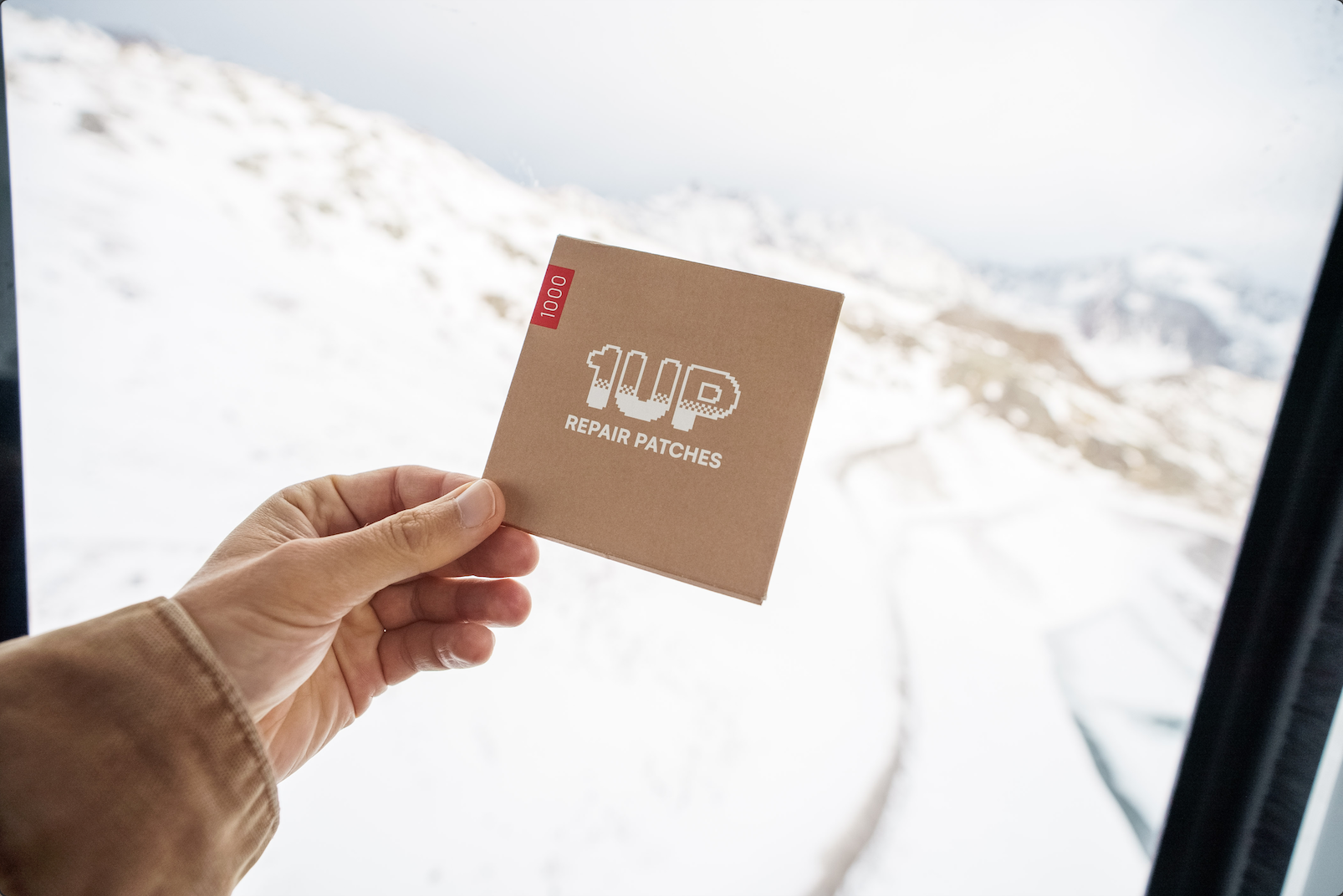
1000 | FabPatch 1UP Repair Patches
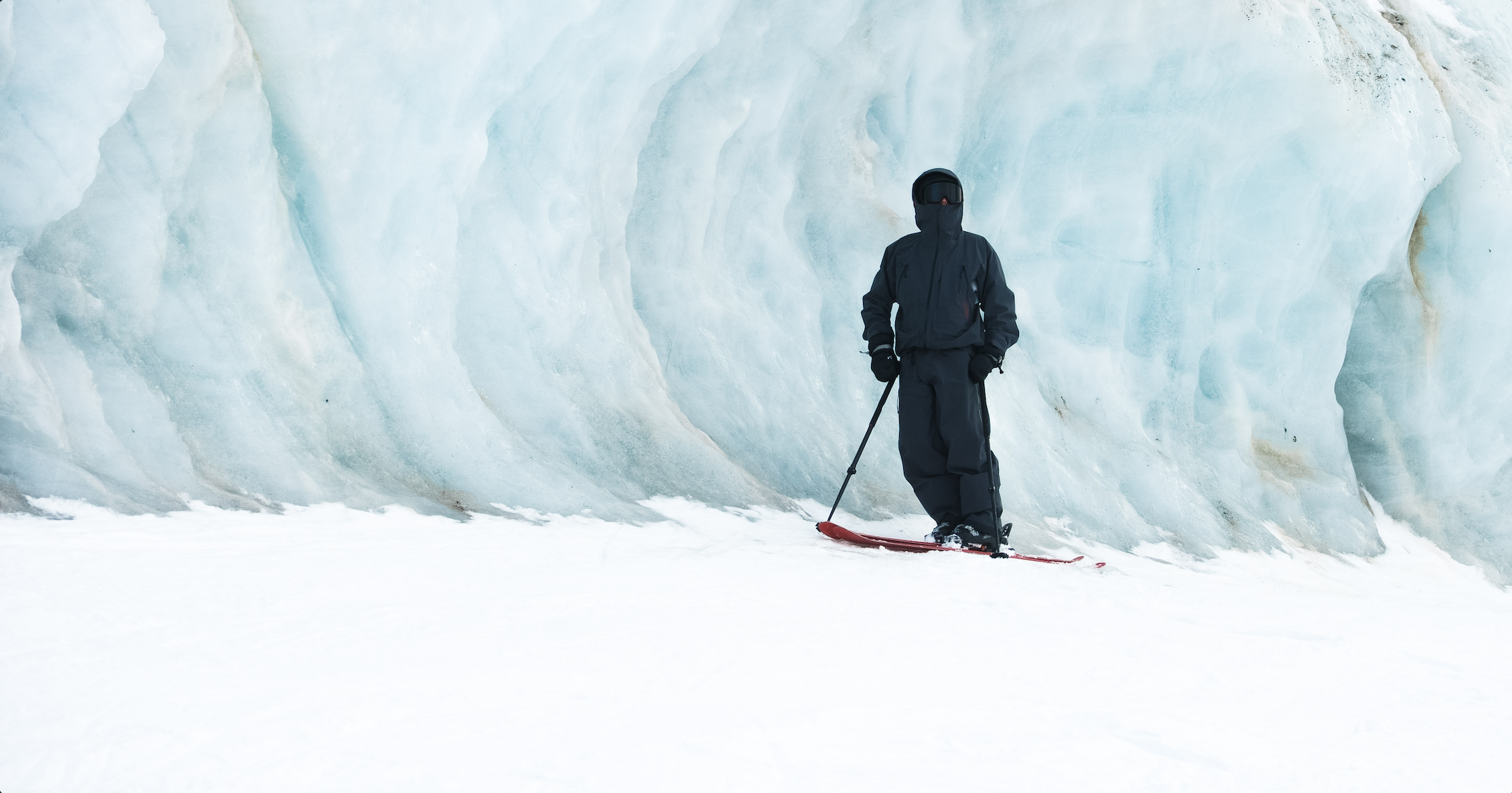
1000 | Haglöfs : The Dream Kit
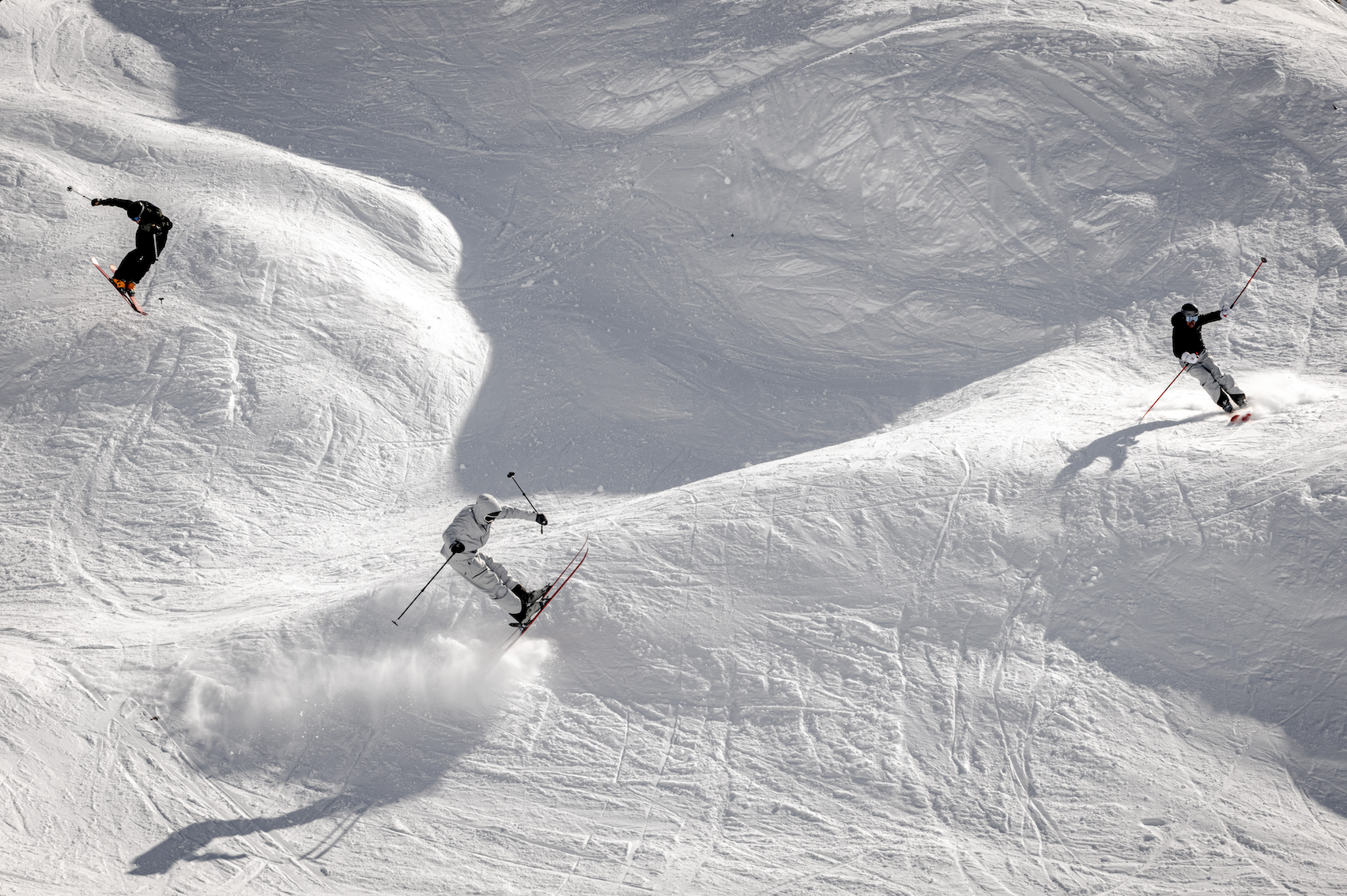
Freeskiing and our Heritage

Joining the WSN

Another Red Circle - The Tomato Pie
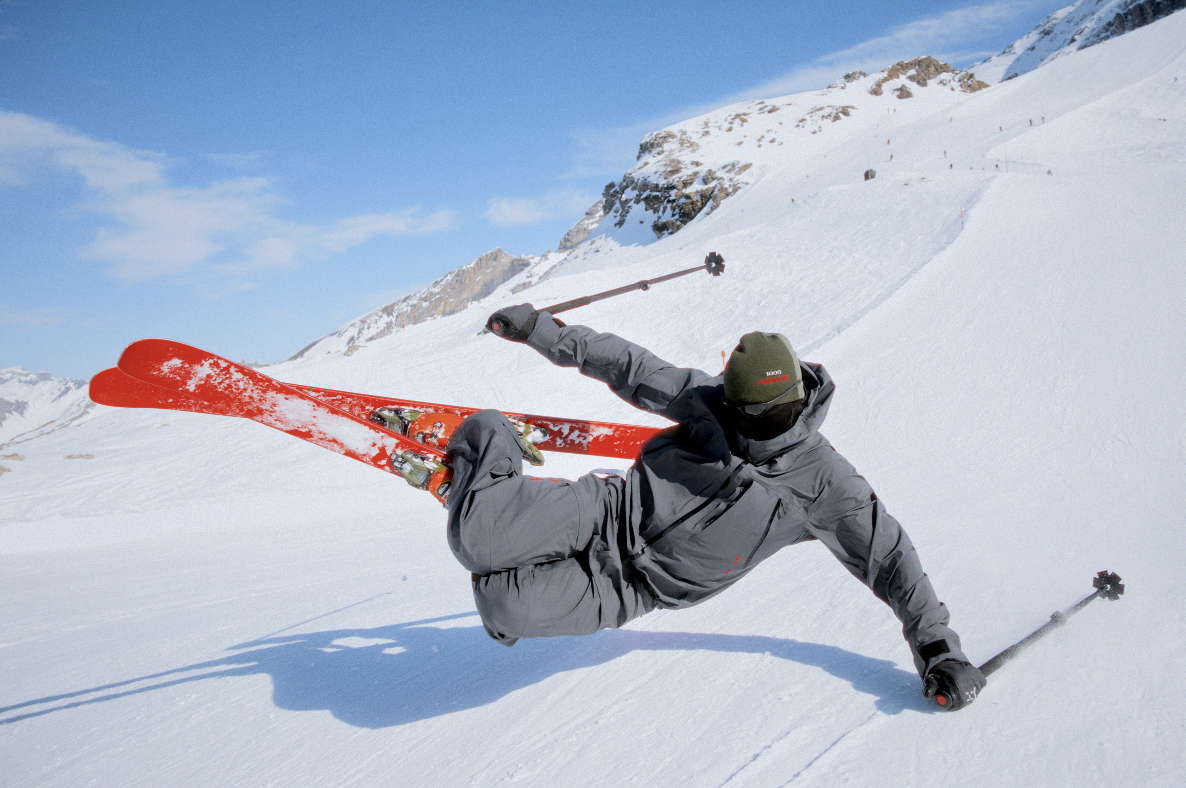
Why we do collabs

1000 | Chimi Goggles & Sunglasses Collab

1000 | Capeesh Beanie & Belt Collab

1000 | Kang Poles Collab



